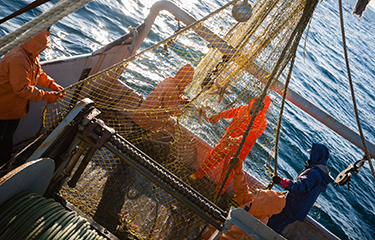Japanese government reports indicate significant dips in wild, farmed fishery production

Government reports coming out of Japan highlight trends of falling wild-caught and farm fishery production, with some numbers hitting record lows throughout the country.
Japan’s Ministry of Agriculture, Forestry, and Fisheries (MAFF) released its Fisheries White Paper earlier this summer and the report – which covers trends in production, import-export changes, and consumer behavior – covers the fiscal year ending March 2022. Another MAFF report titled “2022 Fisheries and Aquaculture Production Statistics” also offered insight into last year’s production and price details.
Both reports indicate Japan’s total wild fish catch fell 7.5 percent in 2022 compared to the year prior, hitting a record low of 3.85 million metric tons (MT).
Three species that experienced record low catches included Pacific saury, Pacific flying squid, and octopus.
The saury catch in 2022 totaled 18,400 MT, down 8.4 percent from the previous year but down a staggering 96.8 percent from the record level set in 1930.
The average wholesale landed price of the long, thin species was JPY 581 (USD 4.01, EUR 3.66) per kilogram in 2022 after peaking at JPY 627 (USD 4.33, EUR 3.95) the previous year. Saury has gone from a cheap staple in Japan to a rarity in the last decade.
Japanese flying squid landings fell to a record low catch of 29,700 MT, down 8.3 percent from the previous year but, similar to saury, down 95.6 percent from its peak in 1968. Prices rose 40 percent to a new high of JPY 823 (USD 5.69, EUR 5.18) per kilogram.
Octopus landings, meanwhile, totaled a record low 22,200 MT.
While landings of high-volume, low-priced fish like mackerel, Pacific saury, and Pacific flying squid were poor, sardines were …
Photo courtesy of DoublePHOTO studio/Shutterstock





Share